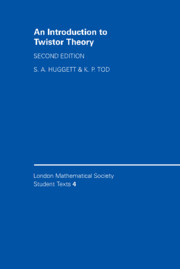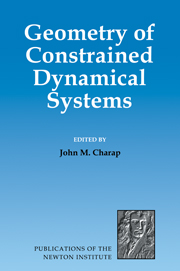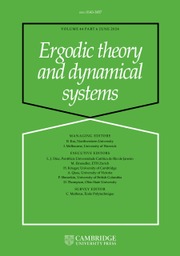An Introduction to Twistor Theory
This book is an introduction to twistor theory and modern geometrical approaches to space-time structure at the graduate or advanced undergraduate level. The choice of material presented has evolved from graduate lectures given in London and Oxford and the authors have aimed to retain the informal tone of those lectures. The book will provide graduate students with an introduction to the literature of twistor theory, presupposing some knowledge of special relativity and differential geometry. It would also be of use for a short course on space-time structure independently of twistor theory. The physicist could be introduced gently to some of the mathematics which has proved useful in these areas, and the mathematician could be shown where sheaf cohomology and complex manifold theory can be used in physics.
- Hints and solutions added to exercises
- Fully revised original chapters
- New chapter on cohomolgical functionals
Reviews & endorsements
' … the book is recommended to anyone seeking to get acquainted with the area.' American Scientist
' … a certain amount of preliminary knowledge is assumed of the reader ... but anyone who has these prerequisites and who is interested in twistor theory could hardly do better than to start with this book.' Contemporary Physics
'In all, the book provides a pleasant starting point for the study of this fascinating subject.' Dr F. E. Burstall, Contemporary Physics
Product details
July 1994Hardback
9780521451574
192 pages
235 × 157 × 16 mm
0.398kg
Available
Table of Contents
- 1. Introduction
- 2. Review of tensor algebra
- 3. Lorentzian spinors at a point
- 4. Spinor fields
- 5. Compactified Minkowski space
- 6. The geometry of null congruences
- 7. The geometry of twistor space
- 8. Solving the zero rest mass equations I
- 9. Sheaf cohomology
- 10. Solving the zero rest mass equations II
- 11. The twisted photon and Yang–Mills constructions
- 12. The non-linear graviton
- 13. Penrose's quasi-local momentum
- 14. Cohomological functionals
- 15. Further developments and conclusion
- Appendix: The GHP equations.











